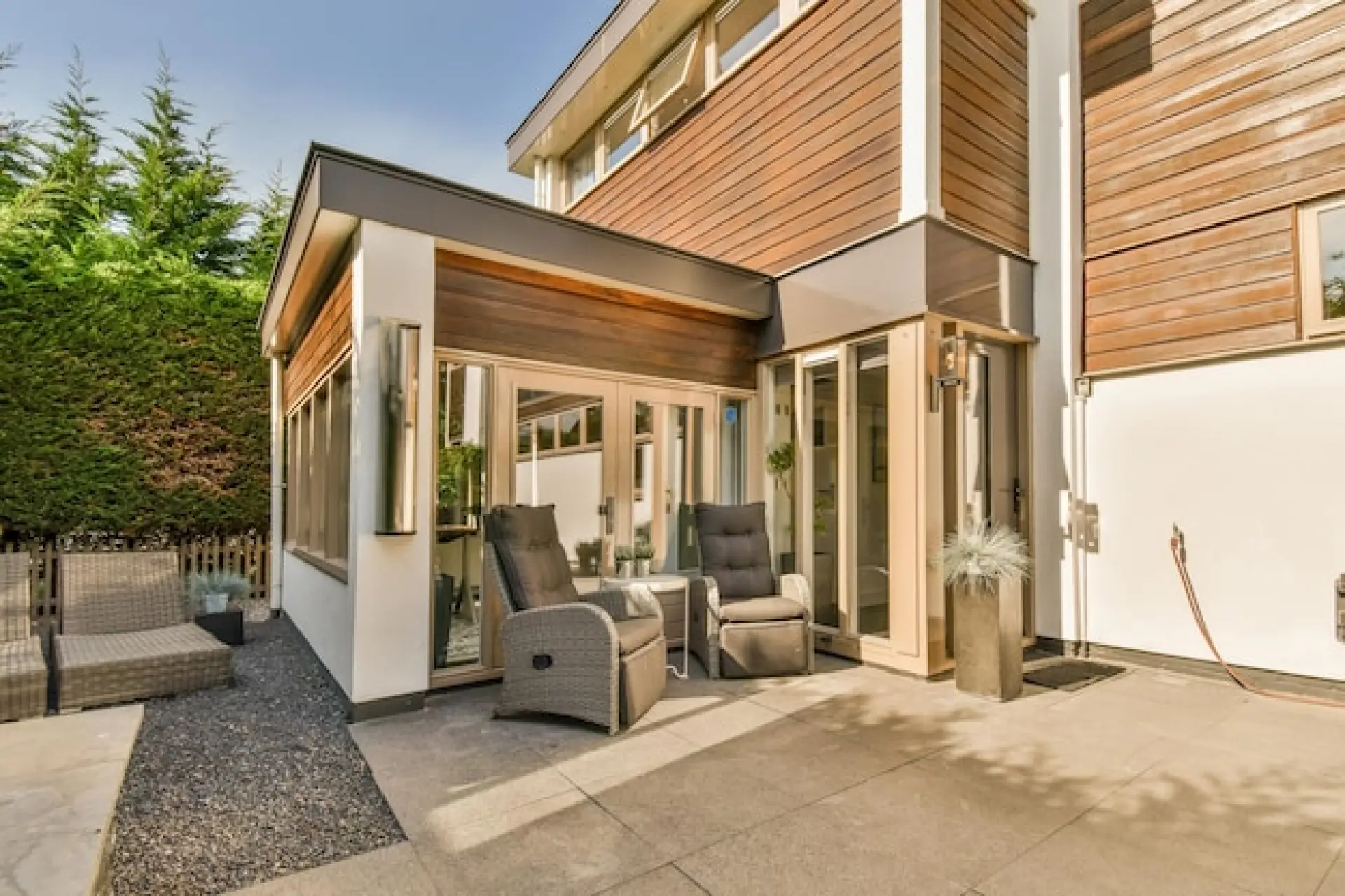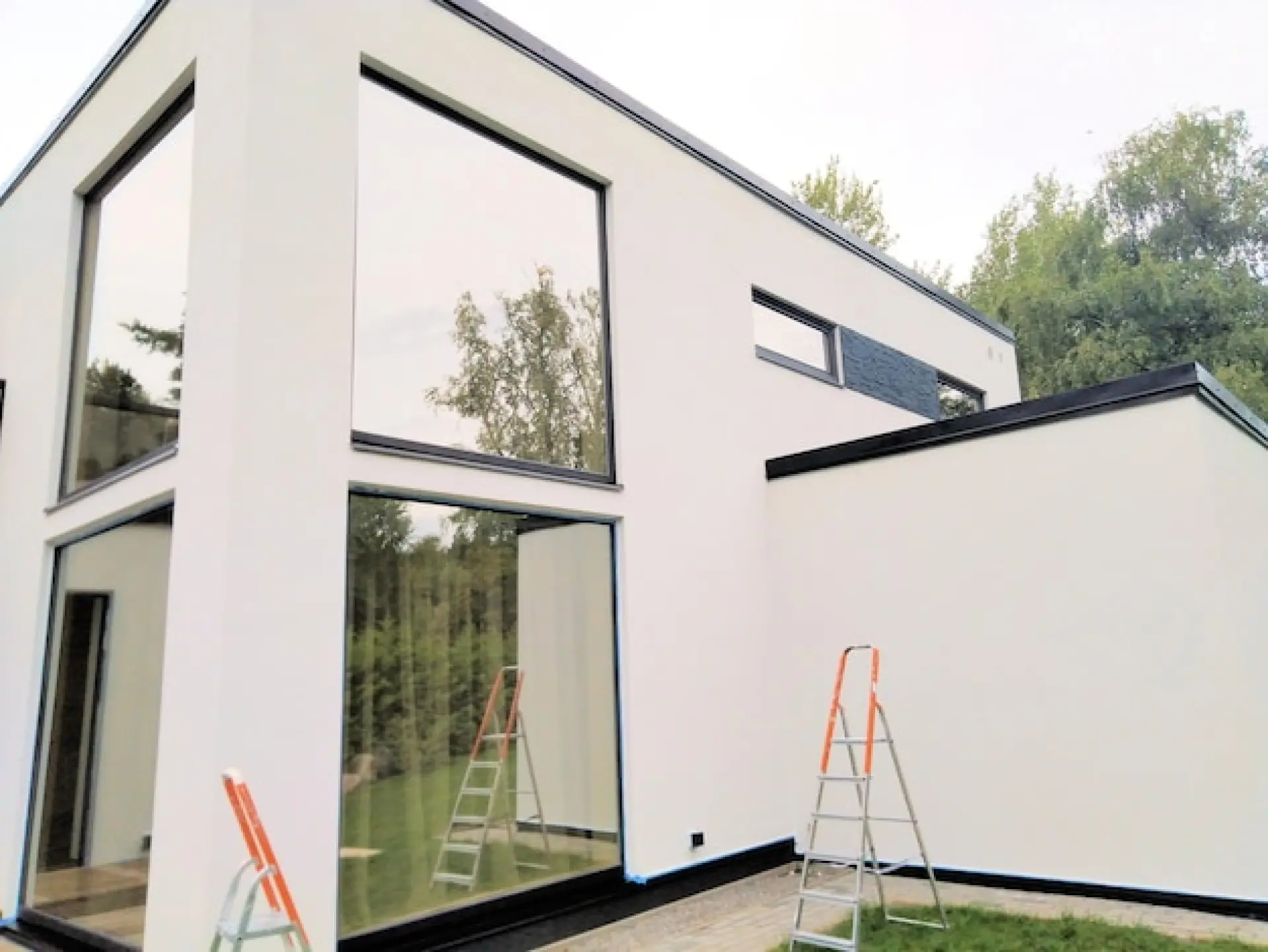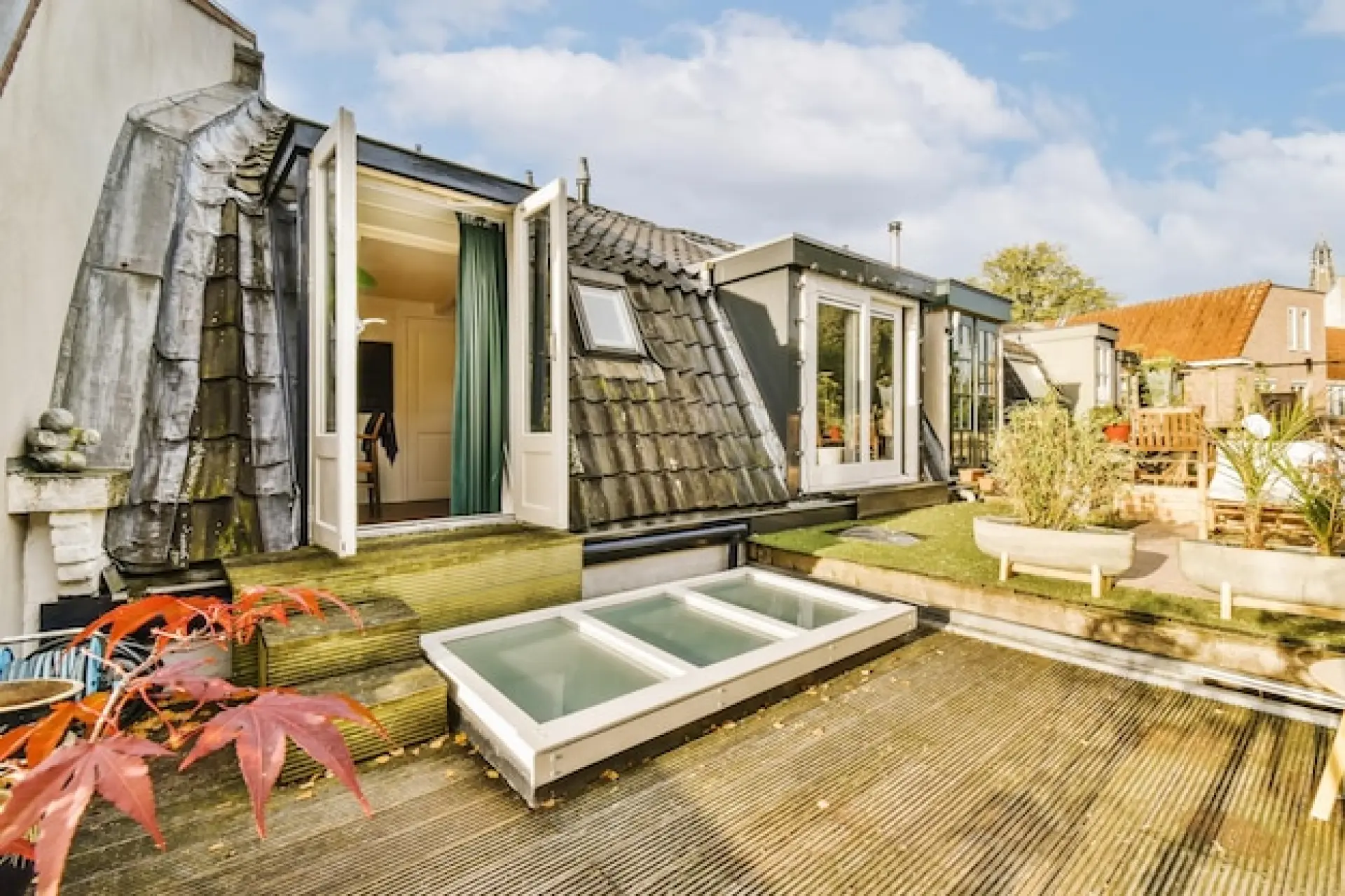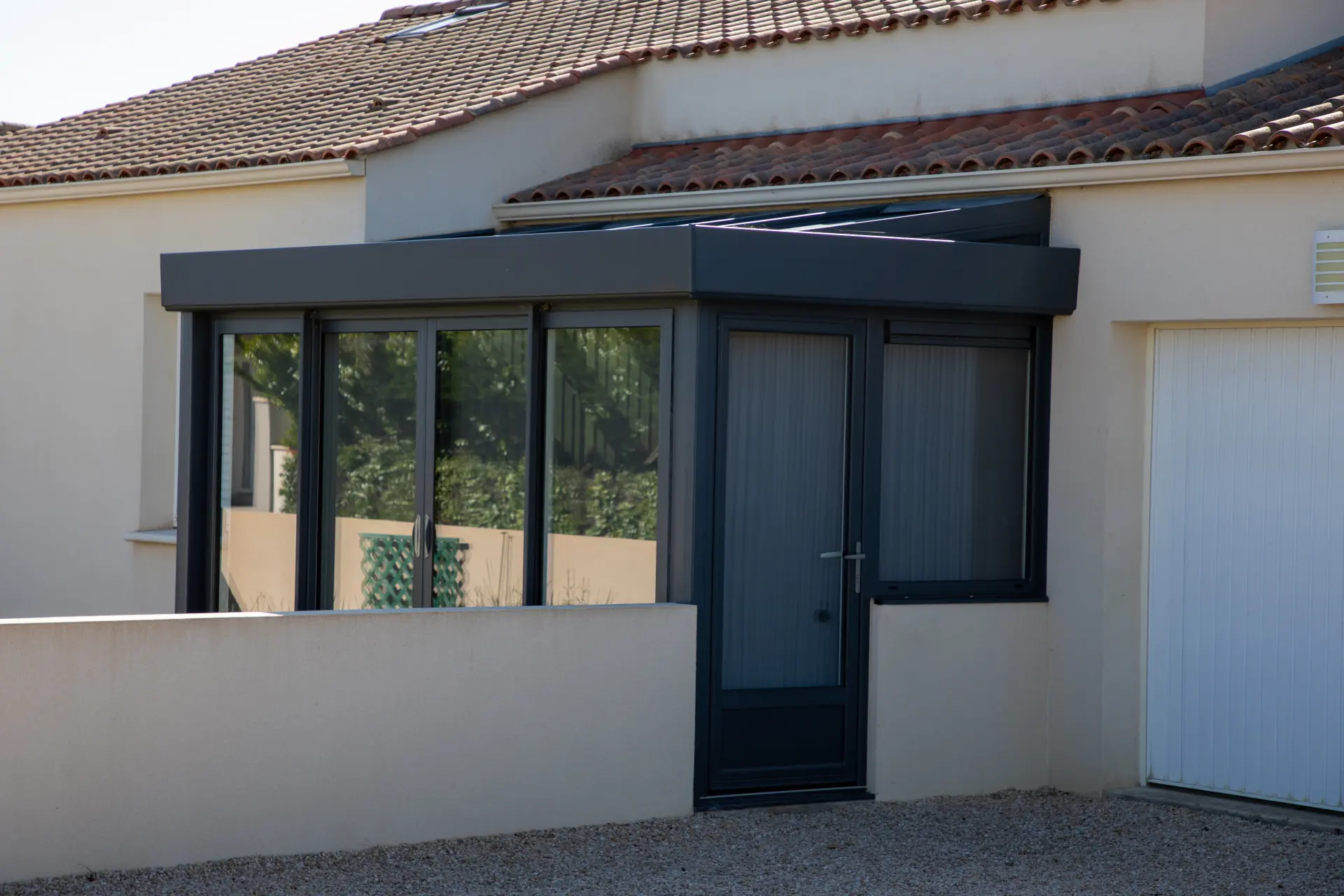Discover how much does a home extension cost. Uncover hidden costs like planning permissions, utilities, structural changes, and more. Equip yourself for better financial planning.
Hidden Costs to Watch Out For
When budgeting for a home extension, it is important to consider hidden costs. Planning permission and building regulations can add unexpected expenses. If your extension affects utilities, you may need to move pipes, gas lines or electrics, increasing costs.
Structural changes, such as reinforcing walls or foundations, can also raise expenses. VAT is often overlooked, but most building work is subject to it. Site preparation, including clearing debris or dealing with difficult ground conditions, may add extra charges.
Finally, if your project takes longer than expected, you may have to pay for temporary accommodation or storage. Factoring in these hidden costs helps avoid financial surprises.
Factors That Affect the Cost of a Home Extension
Several factors influence the cost of a home extension. The size and complexity of the extension are key factors; a larger or more intricate design will require more materials and labour. Location also plays a role, as prices for construction work vary across regions. The type of materials you choose, whether standard or high-end, will affect the final price.
Specialist features like bi-fold doors, underfloor heating, or skylights can increase costs. Labour charges vary depending on experience and expertise. Finally, site conditions such as uneven ground or restricted access can add to expenses, making it crucial to assess all factors before starting the project.
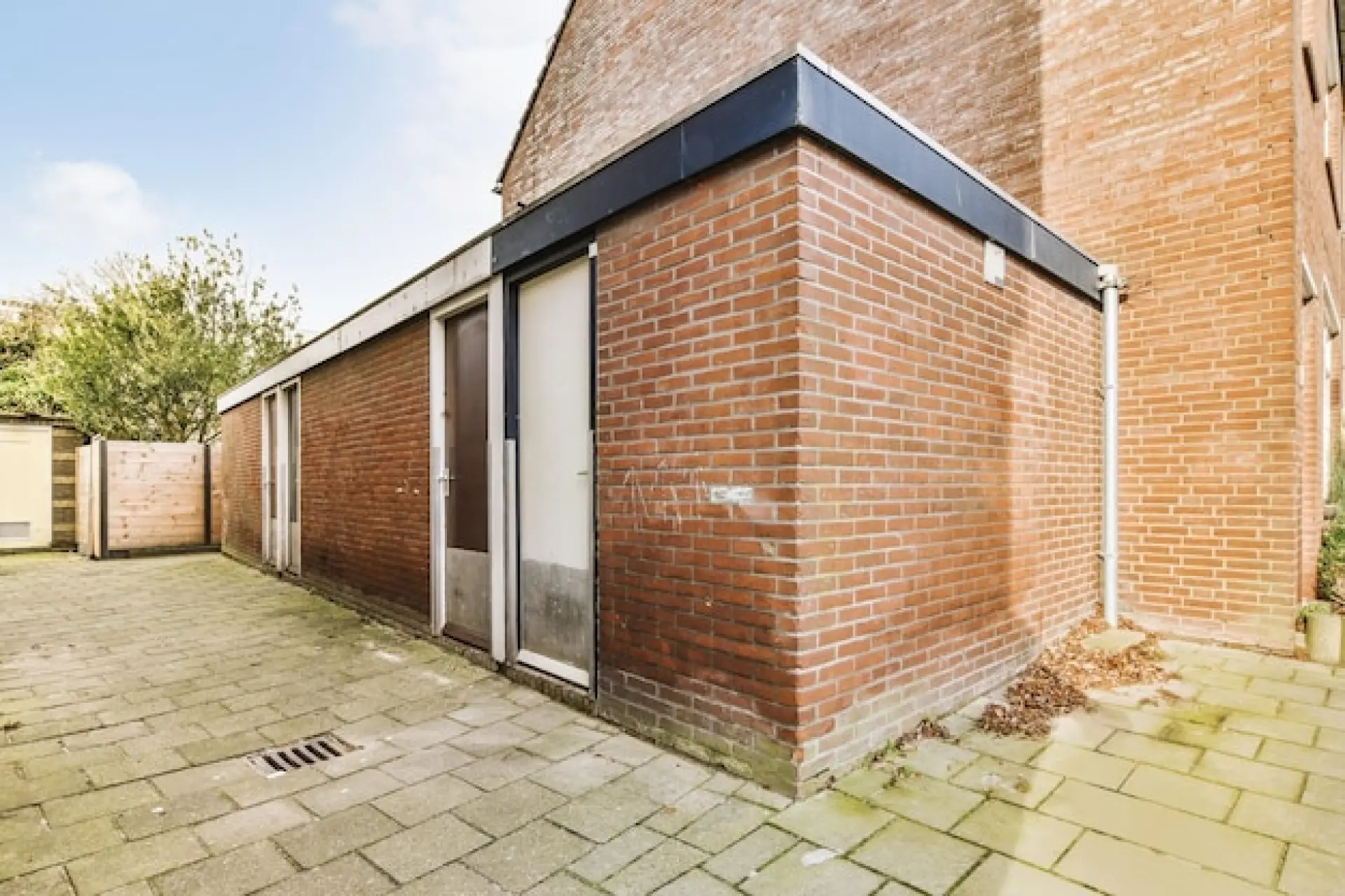
Another significant factor is the timeframe of the project. Extensions completed in a shorter period often require additional labour, which increases costs.
Delays due to weather, supply shortages, or planning approval can extend the overall timeframe, further raising expenses.
The level of customisation also has an impact—bespoke designs with unique architectural features demand specialised skills and higher-quality materials, adding to the total cost.
Additionally, energy efficiency requirements, such as insulation or sustainable heating systems, can affect pricing. Investing in environmentally friendly options may have a higher upfront cost but can result in long-term savings on energy bills.
Understanding these aspects ensures more accurate financial planning before committing to an extension project.
How to Reduce the Cost of a Home Extension
Reducing costs does not mean compromising quality. One way to save money is by choosing a simple design, as complex structures require more materials and labour. Sourcing materials yourself can sometimes be cheaper than relying on builders. Hiring a reputable builder who provides a detailed quote prevents unexpected expenses. Where possible, reuse existing materials to cut costs.
Completing some tasks yourself, such as painting or basic landscaping, can also reduce labour costs. Planning the extension outside peak building seasons may lower prices, as builders may offer more competitive rates. Careful budgeting and comparing quotes from different professionals help keep costs manageable.
Types of Home Extensions and Their Price Ranges
Different types of home extensions vary in cost. A single-storey extension is often the most affordable, typically costing between £20,000 and £45,000, depending on size and materials.
Double-storey extensions cost more but offer additional space, ranging from £40,000 to £100,000. Conservatories are a cheaper alternative, with prices between £5,000 and £30,000.
Loft conversions provide extra rooms without extending the building’s footprint and cost around £20,000 to £60,000. Garage conversions, another cost-effective option, range from £7,000 to £20,000. The price of each type depends on factors such as design complexity, materials, and labour charges.
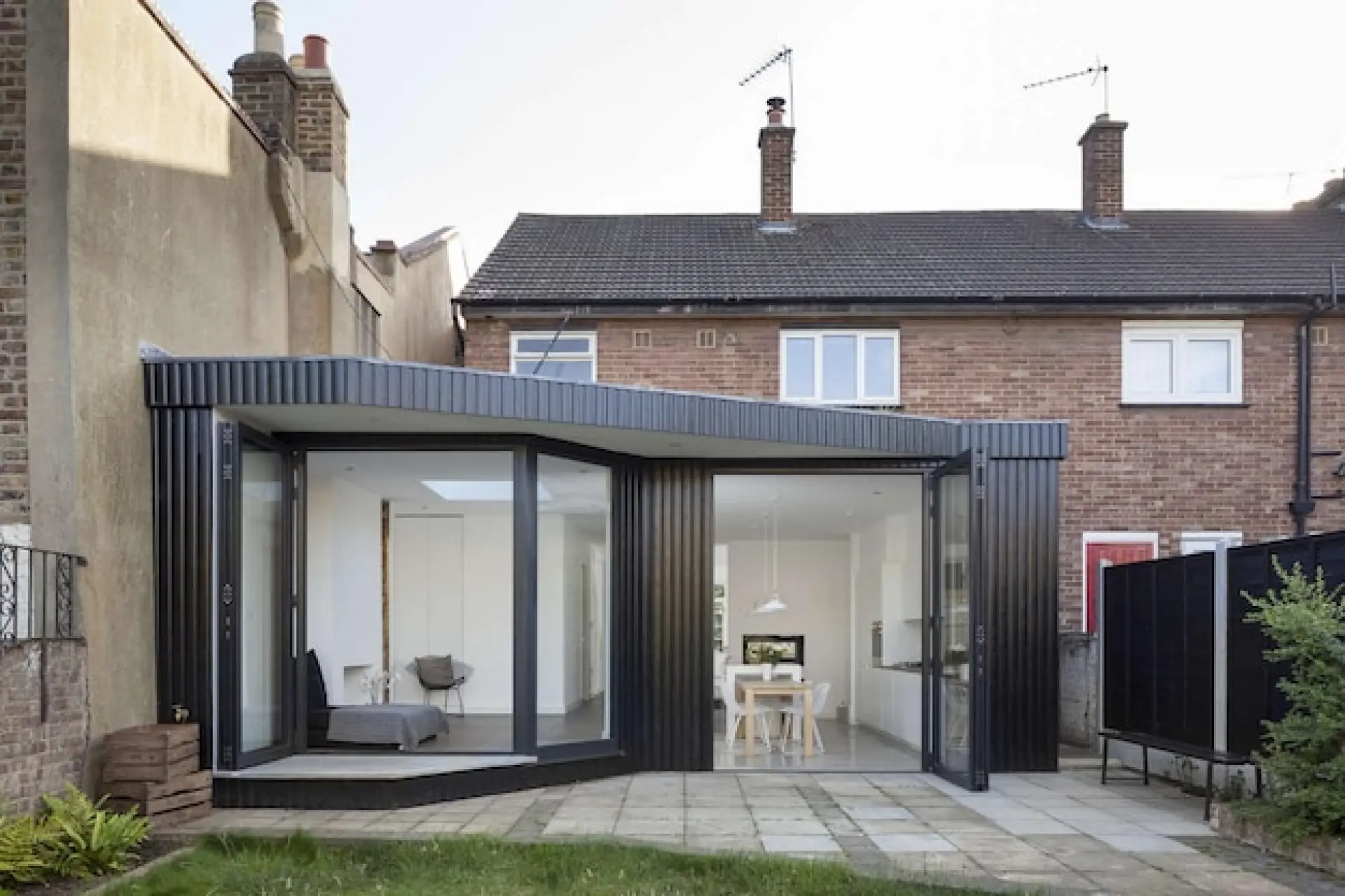
Additionally, wrap-around extensions, which combine side and rear extensions, offer a large increase in space but can cost between £50,000 and £120,000 due to their complexity.
Basement conversions are another option, though they tend to be expensive, with costs ranging from £60,000 to over £150,000, depending on excavation and waterproofing requirements.
Modular or prefabricated extensions have gained popularity as a more cost-effective and time-efficient option, typically costing between £25,000 and £80,000.
Choosing the right type of extension depends on the homeowner’s budget, space requirements, and long-term goals for the property.
Each option has different advantages and potential savings, making it important to weigh both affordability and functionality.
Cost Breakdown: What You’re Paying For
Understanding the cost breakdown helps with budgeting. Materials are a significant expense, including bricks, timber, insulation, and roofing. Labour costs cover builders, plasterers, electricians, and plumbers.
Professional fees may include architects, structural engineers, and planning consultants. Building regulation approvals and planning permission costs add to the budget. Waste removal and site preparation are essential expenses that should not be overlooked.
Additional costs may arise for heating, ventilation, and lighting. Interior finishes, such as flooring, paint, and fittings, also contribute to the final price. Knowing these expenses in advance helps ensure an accurate budget for your home extension.
We provide high-quality home extensions in Croydon. From single to double-storey extensions, we deliver reliable services that can enhance your home’s value, space, and overall appeal.

